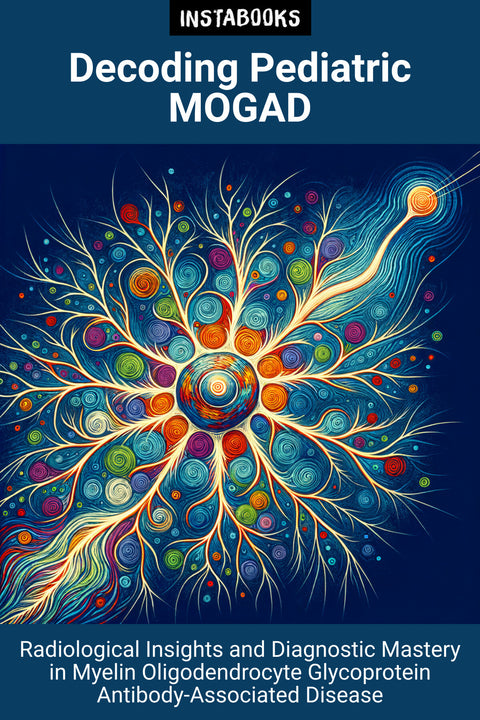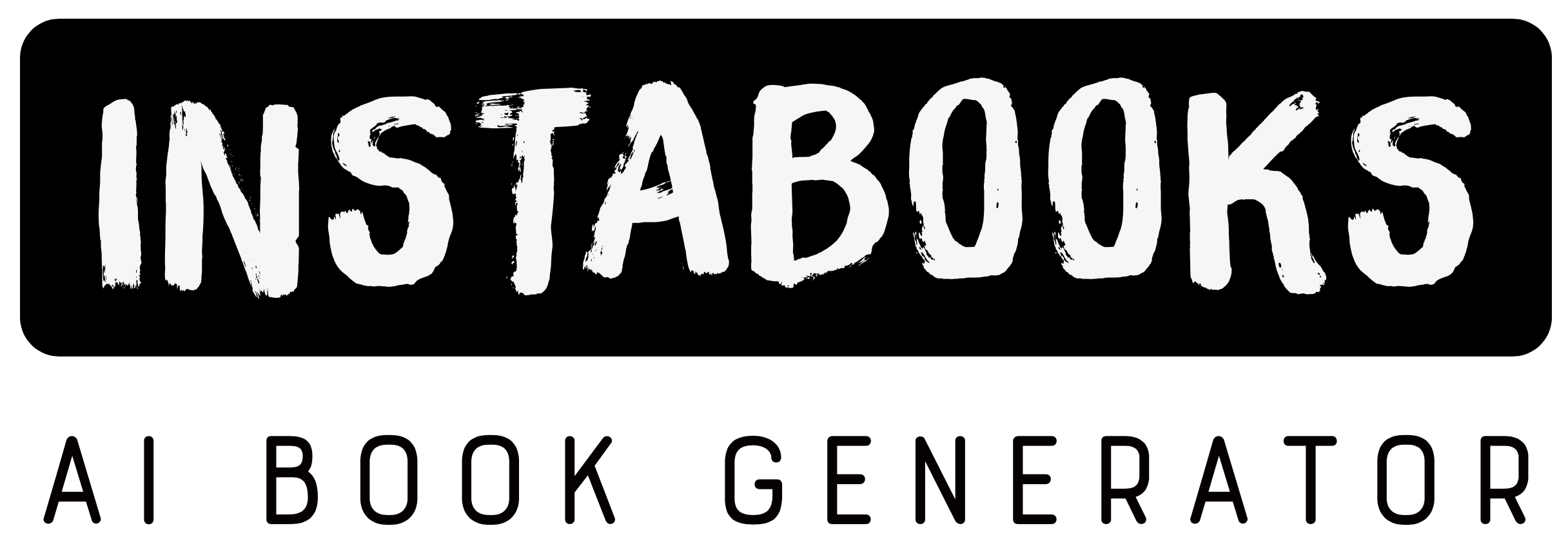
Instabooks AI (AI Author)
Decoding Pediatric MOGAD
Premium AI Book (PDF/ePub) - 200+ pages
Understanding the Intricacies of Pediatric MOGAD
"Decoding Pediatric MOGAD" delves deep into the complexities of Myelin Oligodendrocyte Glycoprotein Antibody-Associated Disease (MOGAD) in children. This comprehensive guide offers a detailed examination of its radiological features and diagnostic criteria, tailored for healthcare professionals seeking to enhance their understanding and proficiency in diagnosing this rare condition. With extensive research and expertise, each chapter uncovers vital insights crucial for early and accurate diagnosis.
Core Radiological Features and Their Impact
This book provides a thorough exploration of brain involvement patterns, examining age-dependent manifestations such as ADEM-like patterns in younger children and optic neuritis in older ones. It investigates common brain regions affected, shedding light on the peculiarities of thalamic and pontine lesion occurrences. Readers will gain an understanding of spinal cord dynamics, focusing on cervical and multifocal lesions and penetrating the complexities of FLAIR-hyperintense imaging patterns.
Diagnostic Pathways and Clinical Presentation
The discerning reader will appreciate detailed chapters dedicated to the nuances of diagnostic processes, including the pivotal role of serum antibody detection. Learn how these criteria differentiate MOGAD from similar autoimmune disorders. Clinical phenotypes, such as ADEM and recurrent optic neuritis, are discussed in context with MOGAD's unique radiological fingerprints, affording a comprehensive insight into the disease's diverse presentations.
Neuroradiological Distinctions and Their Significance
"Decoding Pediatric MOGAD" examines the neuroradiological disparities between MOGAD and other conditions like AQP4-positive neuromyelitis optica spectrum disorders. It focuses on the distinct lesion patterns found in pediatric patients, guiding readers in differentiating based on cortical gray matter and paracortical white matter involvements. The book serves as a beacon for those invested in leveraging radiology to enhance clinical practice.
Strategic Insights for Early Diagnosis and Management
Emphasizing early diagnosis, this book outlines strategic approaches to recognize age-specific imaging patterns and their implications for management strategies. Explore therapeutic pathways informed by the differential diagnosis and learn how understanding radiological features directly impacts patient outcomes. This compendium is enriched with visuals and case studies, ensuring accessible and practical use for all readers.
Table of Contents
1. Introduction to Pediatric MOGAD- Understanding MOGAD in Children
- Significance of Early Diagnosis
- Research and Exploration in Pediatrics
2. Radiological Features: Brain Involvement
- Age-Dependent Patterns
- Common Brain Locations
- Thalamic and Pontine Lesions
3. Decoding Optic Pathway Dynamics
- Characteristics of Optic Neuritis
- Optic Perineuritis Insights
- Imaging Patterns in Optic Neuropathy
4. Spinal Cord Lesion Dynamics
- Exploring Cervical and Multifocal Lesions
- Longitudinal Extended Myelitis
- Comparative Lesion Analysis
5. Imaging Patterns and Presentation
- ADEM-Like Patterns
- Understanding FLAIR-Hyperintense Lesions
- Age-Related Imaging Changes
6. Diagnostic Criteria and Techniques
- Serum Antibody Detection Methods
- Clinical Features and Phenotypes
- Differentiating from Other Diseases
7. Neuroradiological Differences
- Cortical Gray and White Matter Lesions
- Comparing MOGAD and AQP4-Positive NMOSD
- Unique Patterns and Diagnoses
8. Lesion Dynamics: Age-Dependent Analysis
- Imaging Patterns Based on Age
- Clinical Significance of Lesion Differences
- Implications for Treatment
9. Unraveling Clinical and Radiological Outcomes
- Predicting Radiological Outcomes
- Clinical Correlations with Radiology
- Patient Case Studies and Insights
10. Strategic Diagnostic Pathways
- Enhancing Early Detection
- Interpretation of Radiological Features
- Strategic Management Approaches
11. Therapeutic Strategies and Outcomes
- Developing Treatment Plans
- Impact of Early Diagnosis
- Improving Patient Outcomes
12. Conclusion and Future Directions
- Summarizing Key Insights
- Future Research in Pediatric MOGAD
- Evolving Diagnostic and Treatment Paradigms
Target Audience
Healthcare professionals, neurologists, radiologists, and medical researchers specializing in pediatric autoimmune diseases and neuroimaging.
Key Takeaways
- Comprehensive understanding of radiological features specific to pediatric MOGAD.
- Insight into age-dependent imaging patterns and their diagnostic relevance.
- Knowledge of optic and spinal cord lesion dynamics for enhanced diagnosis.
- Recognition of clinical features that distinguish MOGAD from similar conditions.
- Strategic approaches to early diagnosis and effective management.
How This Book Was Generated
This book is the result of our advanced AI text generator, meticulously crafted to deliver not just information but meaningful insights. By leveraging our AI book generator, cutting-edge models, and real-time research, we ensure each page reflects the most current and reliable knowledge. Our AI processes vast data with unmatched precision, producing over 200 pages of coherent, authoritative content. This isn’t just a collection of facts—it’s a thoughtfully crafted narrative, shaped by our technology, that engages the mind and resonates with the reader, offering a deep, trustworthy exploration of the subject.
Satisfaction Guaranteed: Try It Risk-Free
We invite you to try it out for yourself, backed by our no-questions-asked money-back guarantee. If you're not completely satisfied, we'll refund your purchase—no strings attached.
